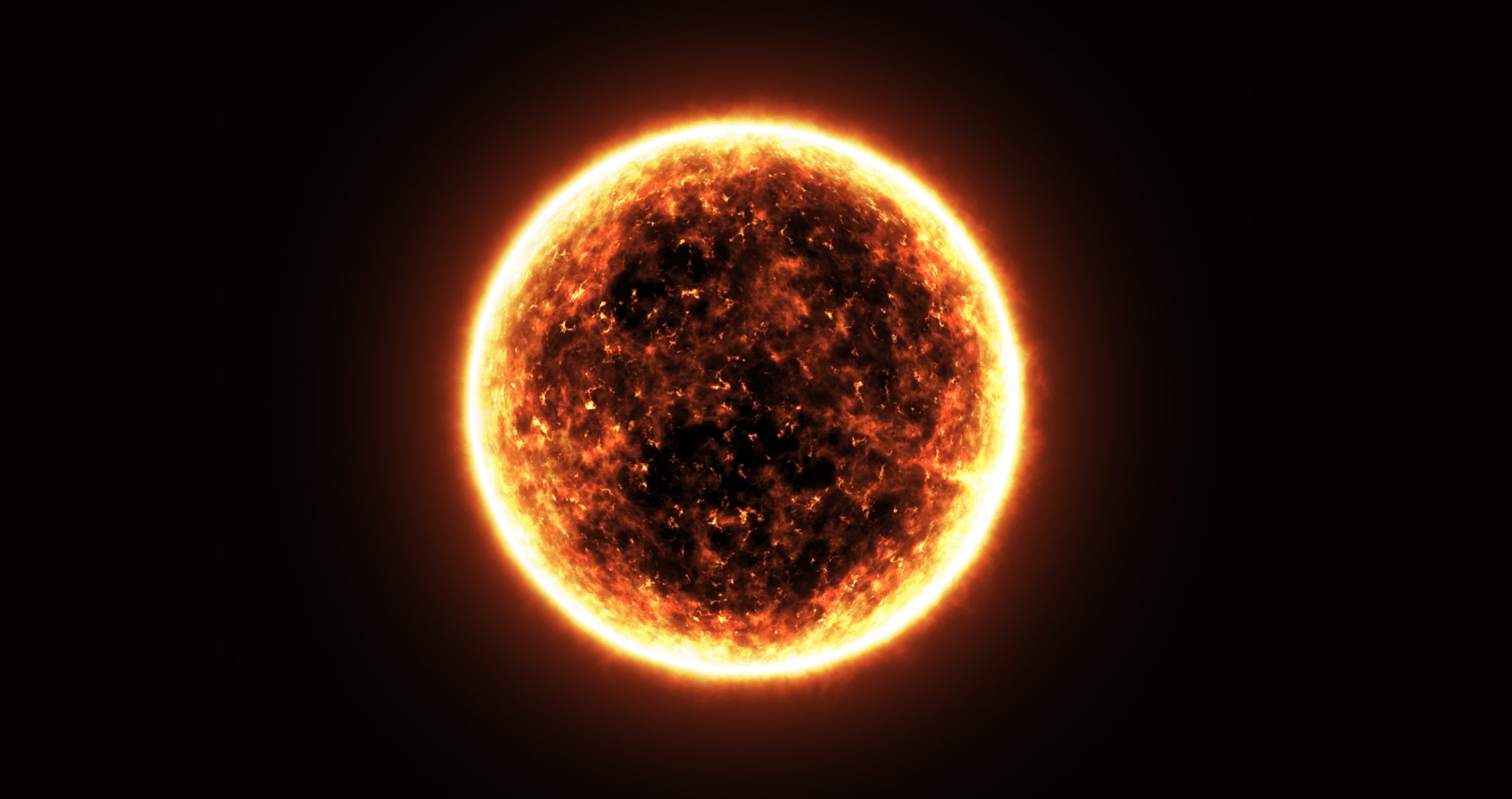Solar Storms Continue To Hit Our Planet This Week

As it reaches the Solar Maximum period of its 11-year activity cycle, the Sun has been busily producing outbursts. It has been ejecting Coronal Mass Ejections (CMEs) virtually every day since the start of 2022, and it is expected to continue doing so. Moreover, although the vast majority of these eruptions avoided the Earth, some of them blasted in our general direction, resulting in geomagnetic storms.
It was announced on Sunday that a medium (G2) geomagnetic storm will impact Earth on Monday, March 14, accompanied by a small (G2) storm on March 15.
Researchers are still awaiting the meeting with the major body of the CME, which is expected to occur on Thursday, March 17. Whereas the solar storm came yesterday, scientists are still awaiting contact with the main section of the CME.
Coronal mass ejection (CME) occurs when the Sun’s magnetic action enables the corona (the outer component of the Sun’s atmosphere) to rupture on a regular basis, ejecting plasma as well as magnetic fields into space. The collision of the solar ejecta with the Geomagnetic field is what causes a geomagnetic storm to occur when a CME strikes the Earth.
Direct Hit! NOAA (left) & NASA (right) prediction models show #solarstorm to hit Earth between 12:00 & 21:00 UTC March 13. Impact should be strong! Expect #aurora deep into mid-latitudes, amateur #radio & #GPS reception issues, especially near dawn/dusk, & on Earth's nightside! pic.twitter.com/m9a24WgzIJ
— Dr. Tamitha Skov (@TamithaSkov) March 11, 2022
Space weather is rife with solar storms of this kind, which are particularly prevalent as the Sun is becoming more energetic. CMEs and solar winds have an effect on the Geomagnetic field, triggering the stunning polar lights (also known as the aurora polaris), and they may also cause satellite connections to be disrupted.
Looking up! High up #Auroraborealis last night (March 13 2022) in Bonaventure Québec. Main Aurora arc to the north was obscured by quite a bit of cloud (photo 3) but overhead/slightly southeast was another, bright fast moving band. Shot 8-830pm est@TamithaSkov @jmweb pic.twitter.com/PQ0GZtF6QJ
— Mike MacLellan (@PeakToSailPhoto) March 14, 2022
It does not need to be concerned about the latest geomagnetic storms since they were milder and average in intensity; but, they do disturb the Earth’s outer atmosphere and raise drag on low-orbiting objects, which is a cause for concern.
High-frequency radio signals may be impaired at high latitudes, while satellites may be forced to execute corrective operations as a result of fluctuations in atmospheric drag. There might be power disruptions, and the passage of migratory animals could be hampered as a result. In addition, satellites might be pushed out of the sky from time to time.
0 comments